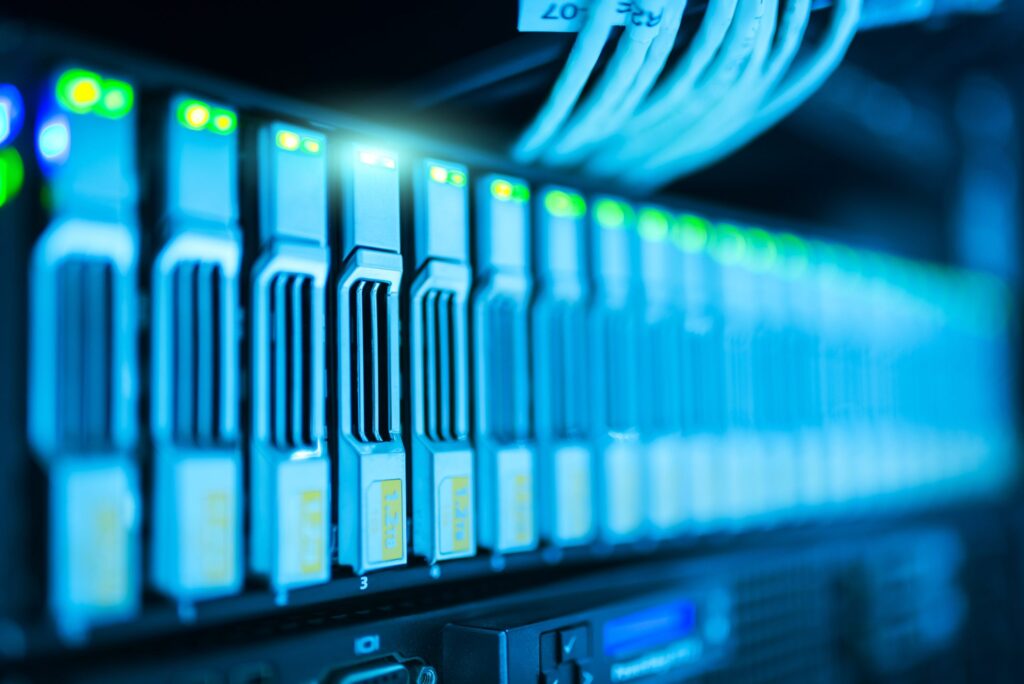Advanced Windows Auditing with Sysmon
Auditing Windows system events is critical to any organization’s governance, risk and compliance objectives. In order to conduct efficient forensic investigations and ensure accountability, the proper security policies and controls have to be in place.
The Need for Windows Auditing
Auditing Windows system events is critical to any organization’s governance, risk and compliance objectives. In order to conduct efficient forensic investigations and ensure accountability, the proper security policies and controls have to be in place.
Compliance: Internal and external auditing requirements typically expect some level of minimum log collection.
Security: Security incident detection’s are enabled by the deeper context provided by audit logs.
Forensics: Forensic investigations rely heavily on detailed and accurate audit logging.
Operations: Troubleshooting and identifying misconfigurations is sometimes only possible with advanced auditing.
Windows Audit Policies
Local Audit Policy
Audit logon events
Audit object access
Audit policy change
Audit privilege use
Audit process tracking
Audit system events
Advanced Audit Policy
Account Logon
Account Management
Detailed Tracking
Domain Service Access
Logon/Logoff
Object Access
Policy Change
Privilege Use
System
Group Policy
Event Log Size/Retention
Password Policy
Account Lockout Policy
Powershell Audit Settings
Microsoft Security Compliance Toolkit
The Security Compliance Toolkit (SCT) is a set of tools that allows enterprise security administrators to download, analyze, test, edit, and store Microsoft-recommended security configuration baselines for Windows and other Microsoft products.
Policy Reporting: Export results as a CSV or Excel Spreadsheet
Policy Auditing:Highlight the differences between local policies and security baselines
Windows Event Viewer
Event logs are records of significant events on behalf of the system and applications running on the system. Because the logging functions are general purpose, you must decide what information is appropriate to log.
Important Sysmon Capabilities
Process Monitoring: Detect and log process creation and termination as well as inter-process communication.
File Creation Monitoring: Keep a record of modifications to critical files identified within your Sysmon configuration.
Network Connection Monitoring: Log all network connections with the option of specifying whitelisted destinations within your configuration.
Registry Monitoring: Watch for registry modifications from suspicious or unusual services.
DLL Monitoring: Monitor for DLL loading from suspicious or unusual processes.
DNS Monitoring: Record all DNS requests, but exercise caution. This capability is extremely noisy and generates a high volume of logs.
The Need for Sysmon. Everything you didn’t know, all in one place.
Windows audit logging is great for compliance purposes; not for making security detections. SysMon is a Windows system service and device driver that provides detailed information about process creation, network connections and changes to file creation time. It subsequently analyzes these events to identify malicious or anomalous activity. This allows you to understand how intruders and malware operate on your network.
Execution
Module Loading
Powershell Execution
Scripting
Service Execution
User Execution
Windows Remote Management
Persistence
Application Shimming
BITS Jobs
DLL Search Order Hijacking
Local Job Scheduling
Logon Scripts
Scheduled Tasks
Exfiltration
Data Compression
Data Encryption
Exfiltration Over Alt Protocol
Exfiltration Over CNC
Remote Access Tools
Remote File Copy
Scheduled Transfer
See What We’re About
At MegaplanIT, our expert security consultants and QSAs are fully certified and have decades of experience helping businesses like yours stay safe from cybersecurity threats. We build long-term relationships with our customers and provide holistic services to meet all your security and compliance needs.
Every business has security and compliance challenges. Maybe you’ve had to repeatedly ask a compliance assessor to complete reports you could share with internal management, or your security consultant was replaced with a new consultant halfway through an assessment. Maybe you’ve been sent a different security consultant every year, or your supplier surprises you with unplanned and unbudgeted additional expenses to complete the project. Whatever the situation, the result is the same, the costs and level of effort required to stay secure and compliant never go down.
With MegaplanIT, our service offerings are clearly written and explained in detail to our clients. There are no hidden costs or surprises and you’ll never have to worry about a lack of communication with our consultants or assessors. That’s our Guarantee.






